4 Endurance Races That Were Banned For Being Too Deadly
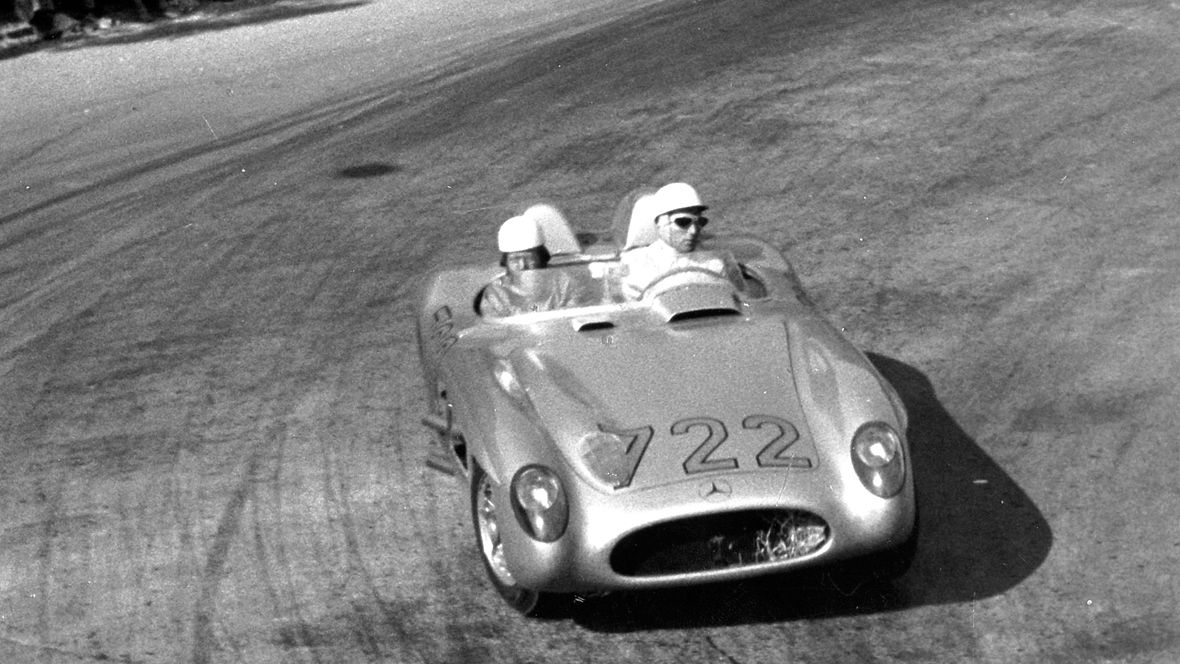
1. Mille Miglia
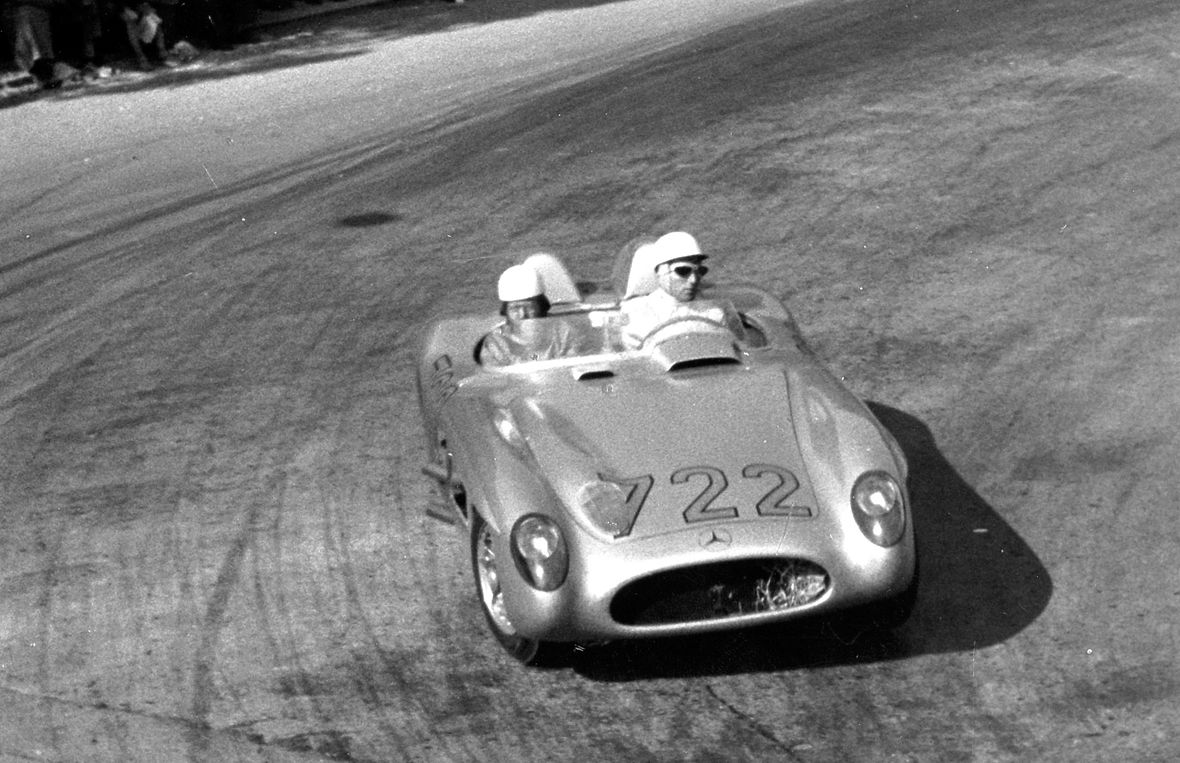
The Mille Miglia is arguably the most iconic motor race of all time; incredible, when you consider that the event hasn’t been run as an official endurance competition for almost 60 years. First held in 1927, it was a 1000-mile race that ran from Brescia in the north of Italy to Roma in the south - and back again. Held on closed public roads, accidents were commonplace.
Italian Prime Minister Benito Mussolini famously banned the race in 1938 after a horrific accident took the lives of several spectators, but that wasn’t enough to bring the event to an end. It was re-started after World War II, and quickly attracted top manufacturers including Alfa Romeo, Porsche, Ferrari and Mercedes, who were out to prove their engineering might. By the mid-1950s, purpose built endurance machines such as the Mercedes 300SLR were competing, capable of speeds in excess of 170mph; Stirling Moss won the 1955 event at an average speed of 99mph (160km/h).
Unfortunately, with increased speeds came increased danger. Accidents between slow privateers and fast factory teams were becoming a common occurrence, and spectators were taking more risks to get closer to the exotic machinery. All of this came to a head in 1957, when Ferrari driver Alfonso de Portago suffered a blow out at high speed. The Italian, who had been running in third place, lost control instantly, with the car flying into a crowd of spectators. Portago and his co-driver were killed on impact, along with a total of 10 spectators; five of which were children. The event was banned by the FIA soon after.
2. Ulster RAC Tourist Trophy
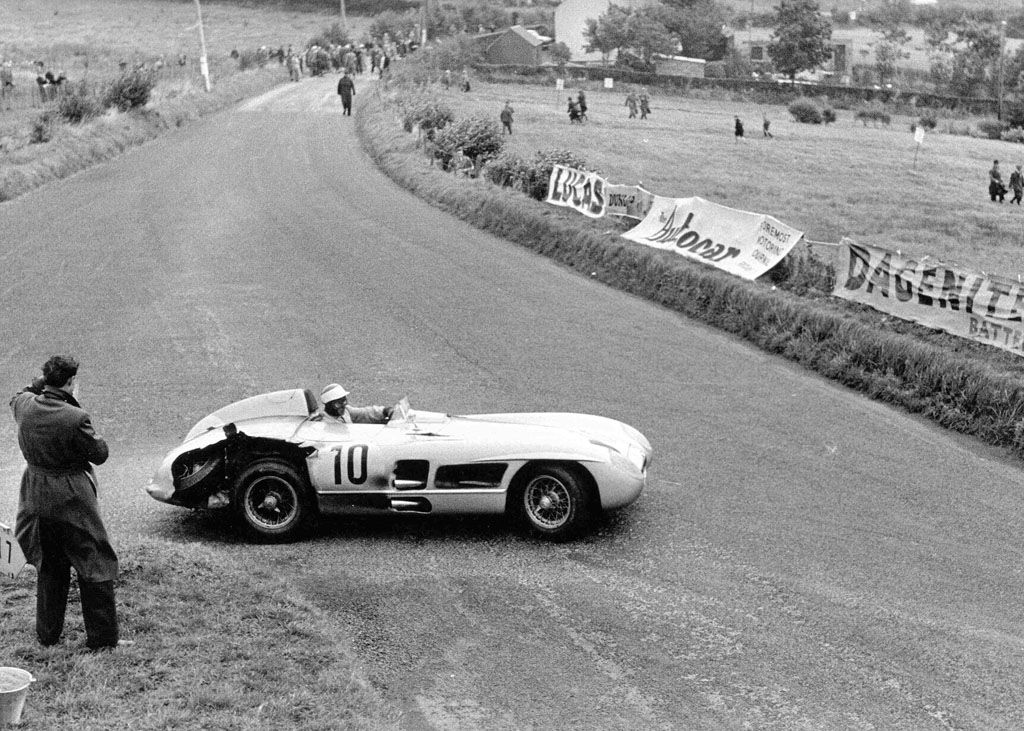
Held on the fast and flowing roads around Dundrod, Country Antrim, the 1955 RAC Tourist Trophy was a big deal for the major manufacturers. Ferrari was leading the FIA World Sports Car Championship by four points, with Jaguar in second and Mercedes close behind in third.
With the threat of rain on the horizon, the racers pushed hard from the very first lap to try to make up time before conditions deteriorated. With the circuit being very narrow and the speed differential between the factory and privateer cars so great, the risk of an accident was high. The first driver this caught out was Jim Mayers in his Climax T39. As Mayer crested a blind corner he found a slow moving gentleman driver in his path. With nowhere to go he swerved into a gate post, causing the car to explode on impact. To compound the disaster, following driver William Smith ran straight into the wreckage. Both drivers perished in the accident.
As the race progressed, conditions deteriorated with rain falling on the increasingly greasy Irish track, causing privateer Richard Mainwaring to crash at the challenging Tournagrough corner. In a similar accident to Mayers’, Mainwaring’s Elva hit a post, flipped over and burst into flames.
In just one race three drivers had died. Stirling Moss, who eventually went on to win the race, claimed that too many inexperienced drivers were competing on too challenging a circuit. The Ulster track was abandoned as an FIA approved circuit, but motorcycle racing still takes place at Dundrod to this day.
3. Targa Florio
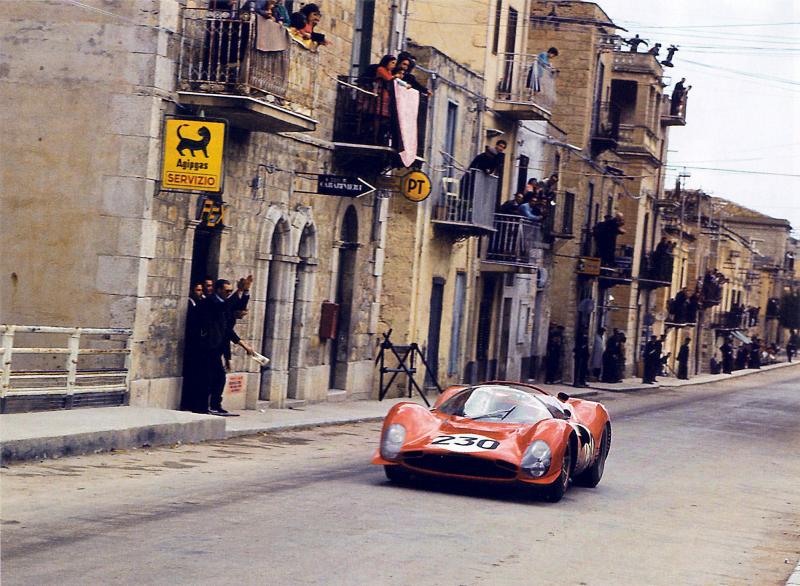
The Targa Florio sat alongside the Mille Miglia and the RAC Tourist Trophy as part of the FIA World Sportscar Championship. The ‘Targa’ as it was affectionally called, took place on the Island of Sicily and ran as a time trial event with drivers starting at 15-second intervals. The final iteration of the track was eight miles longer than the monstrous Isle of Man TT, making it the most challenging ‘circuit’ on the endurance calendar.
Over the years (the event was founded in 1906) the Sicilian roads changed very little, but the development of the cars was relentless. By the early 1970s machines like the Porsche 908/3, Ferrari 512S and Alfa Romeo T33/3 were making over 400bhp; a recipe for disaster on tight country lanes. Even Helmut Marco, who set a lap record in 1972, reportedly called the race “totally insane”.
With increased speed came an increase in accidents, something which became a prominent issue at the 1973 event when several spectators were injured in a number of separate incidents. Shortly after the event, the FIA introduced a new regulation which stated that all FIA mandated circuits must have ‘safety walls’, effectively banning the Targa.
4. Carrera Panamericana
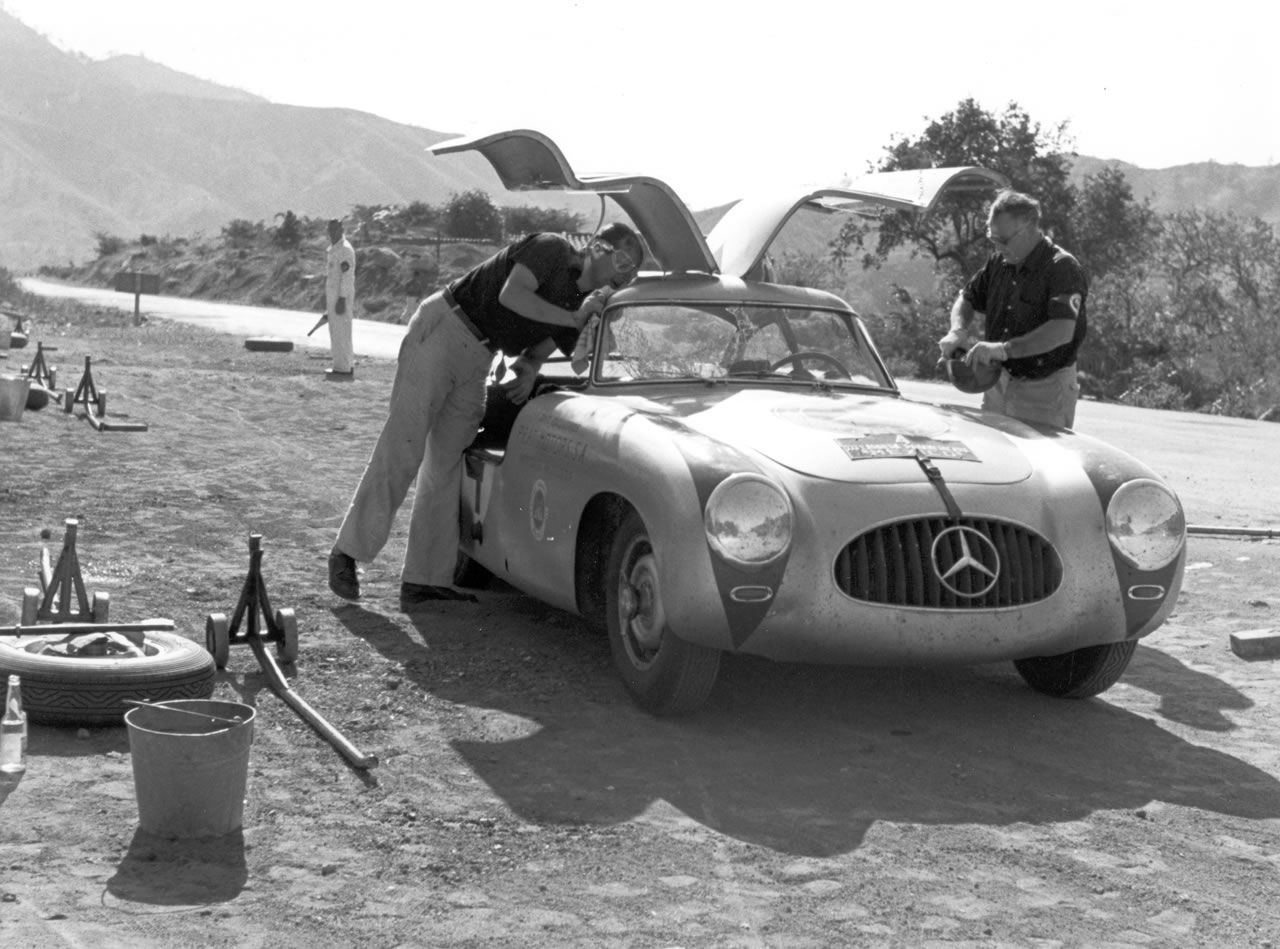
The six-day, nine-stage, Carrera Panamericana was founded in 1950 to celebrate the completion of the vast 2000-mile long Pan-American Highway. The roads were incredibly dangerous with fast straights, blind corners and spectators lining the verges. Accidents were commonplace, with amateur drivers getting in the way of the high-speed factory teams.
Three-time Indy 500 winner Bobby Unser found this out the hard way, when he tangled with rich businessman Carlos Panini at the 1952 event. Panini foolishly swerved in order to block the fast approaching Unser, causing him to lose control and hit a solid rock wall. Panini was killed on impact. The Mexican press was horrified by the incident but the race continued regardless.
Another inherent problem with the event was the sheer length of it. At 2096 miles, the majority of drivers simply didn’t have the time to recce the course beforehand. This often led to drivers pushing hard on unfamiliar roads, causing a huge number of crashes. Thankfully the Panamericana became more professional over time, with the 1952 Mercedes team of Kling and Klenk introducing pre-prepared ‘pace-notes’; the first time the system was used in racing.
However, the professionalisation of the event didn’t make the Panamericana any safer, with a total of 16 people being killed during the 1953 and 1954 events. After the Le Mans disaster in 1955 - where 83 spectators were killed - the Mexican government cancelled the race. In total, 27 people lost their lives during the five years of the Panamericana.
Comments
Damn, racing required balls with a serious diameter back then!
Waaaaaaaaant! D:
OMG, ALFONSO DE PORTAGO ITALIAN? please….. first spanish ever on Ferrari, and only spanish medalist in bobsleigh
haha, gotta love the old news reports
Shows spectators crouching behind a wooden fence
“The spectators are well protected”
No roll cage? are these people stupid?
Pagination